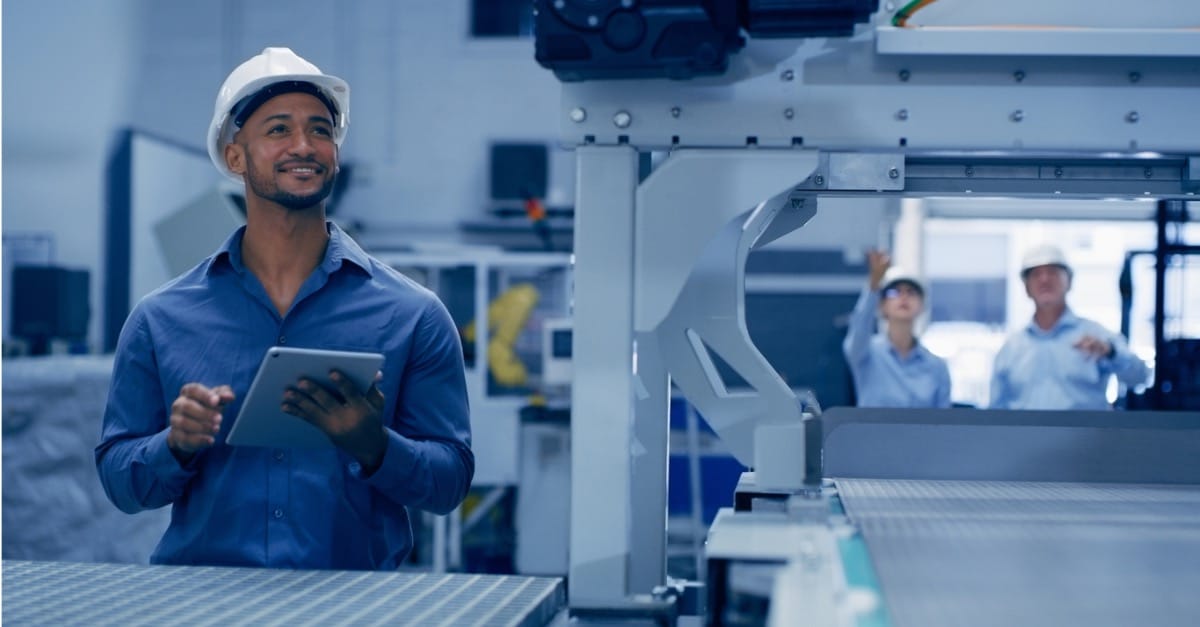
Over at Automation World, Augury’s VP of Strategy Artem Kroupenev is featured in an article that envisions the nature of future AI co-pilots. “The addition of AI co-pilots will help reduce production downtime, meet sustainability goals, upskill workers, enable decision-making, and more,” says Artem.
I had a great interview with David Greenfield from Automation World for his recent article, ‘The AI Co-Pilots Are Coming. What Are They?’. While I think we’re a few years off before every worker will use an AI copilot, with time, these copilots will be able to effectively collaborate with humans at any level of task planning and execution and complete large portions of work independently.
3 Core Components For Effective AI Co-Pilots
However, these co-pilots will first require three key components for them to achieve maximum impact on the factory floor:
1) Collaboration: AI co-pilots should be designed to augment and empower human work, making it more efficient and insightful through ongoing collaboration and interaction.
2) Broad insight and applicability: AI co-pilots should be useful at multiple levels of work, including strategy, planning, and execution, and they should be customizable for multiple applications.
3) Agency: AI co-pilots should evolve to have agency and become more like skillful team members than tools to assist, collaborate, and independently perform a wide range of tasks.
What’s Needed To Bring AI Co-Pilots To The Factory Floor
As I observed during the interview: “Companies like Cognite, Siemens, and C3 all have come out with co-pilot concepts early in the hype cycle. But there is still some way to go to make these truly useful and reliable. The industrial world is heavily biased towards trust and reliability for a good reason, and making a co-pilot that can be fully trusted to provide accurate information and perform well in a manufacturing setting is currently one of the biggest obstacles to wider development and adoption. Reliable and unbiased data is what determines the accuracy of models, and manufacturing data is often neither reliable nor standardized.”
Besides the need for a reliable data source that Augury’s Machine Health Solution can provide, it’s also essential for manufacturers to follow another universal truth when applying technology: identifying those very specific problems in their operations they want to solve with that technology.
As I concluded: “AI has the potential to solve a lot of organizational obstacles, but each solution is unique in the way it works to solve the biggest challenges. When shopping around for AI solutions, asking questions is key. Understanding the quality of data, the types of insights generated, and how the value is measured are critical before signing an agreement with an AI vendor. For the best outcomes, start with proven AI technologies that provide near-immediate value to gain buy-in for larger initiatives.”
Read the full Automation World article, ‘The AI Co-Pilots Are Coming. What Are They?’






